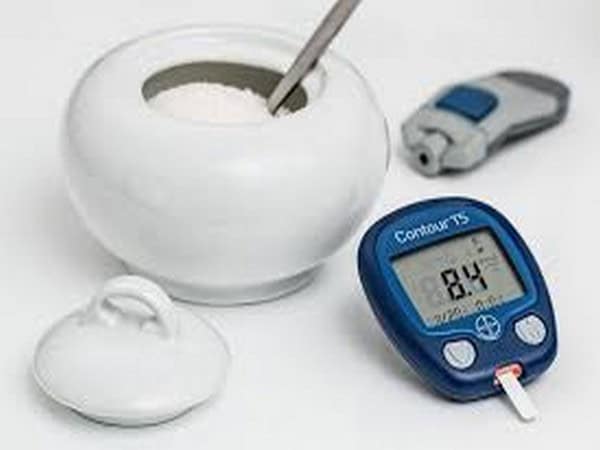Gurugram: A drug used to treat Type 2 diabetes could potentially help in reducing liver fat in patients with non-alcoholic fatty liver disease (NAFLD), and high blood sugar, according to the results of an early trial.
In people with Type 2 diabetes, NAFLD is common and can progress to a severe liver disease known as non-alcoholic steatohepatitis (NASH).
The middle-aged adults who received empagliflozin drug showed an average 16.2 to 11.3 per cent decrease in liver fat post 20 weeks of treatment.
On the other hand, the control group showed only a minimal decrease from 16.4 to 15.6 per cent, the findings revealed.
“Despite the fact that NASH may progress to cirrhosis of the liver and liver cancer, there are no approved medications for treating NASH or NAFLD, and agents like metformin, pioglitazone, and Vitamin E have had limited success in reducing liver fat,” said Ambrish Mithal, Chair of the Division of Endocrinology and Diabetes at Medanta The Medicity Hospital, Gurugram.
“Our results suggest that empagliflozin may help in treating NAFLD,” Mithal added, in the paper presented at the Endocrine Society’s 100th Annual meeting in Chicago.
Previous studies had established the potential of the diabetes drug empagliflozin in decreasing liver fat in rodents with a buildup of fat in the liver.
“While our findings do not prove that empagliflozin will help treat NAFLD or prevent NASH, the initial results are promising and open up the possibility that empagliflozin may provide additional benefits for patients with diabetes,” Mithal said.
In the trial, the team included patients who were 40 years or older and had Type 2 diabetes and NAFLD.
They were randomly assigned to receive empagliflozin (10 milligrams per day) plus their standard medical treatment for Type 2 diabetes, such as metformin and/or insulin, or to receive only their standard treatment without empagliflozin (control group).
Empagliflozin was approved by the US Food and Drug Administration in 2014 for adults with Type 2 diabetes.
It primarily acts by increasing glucose excretion through the urine, thereby reducing blood glucose levels and body weight.
IANS

